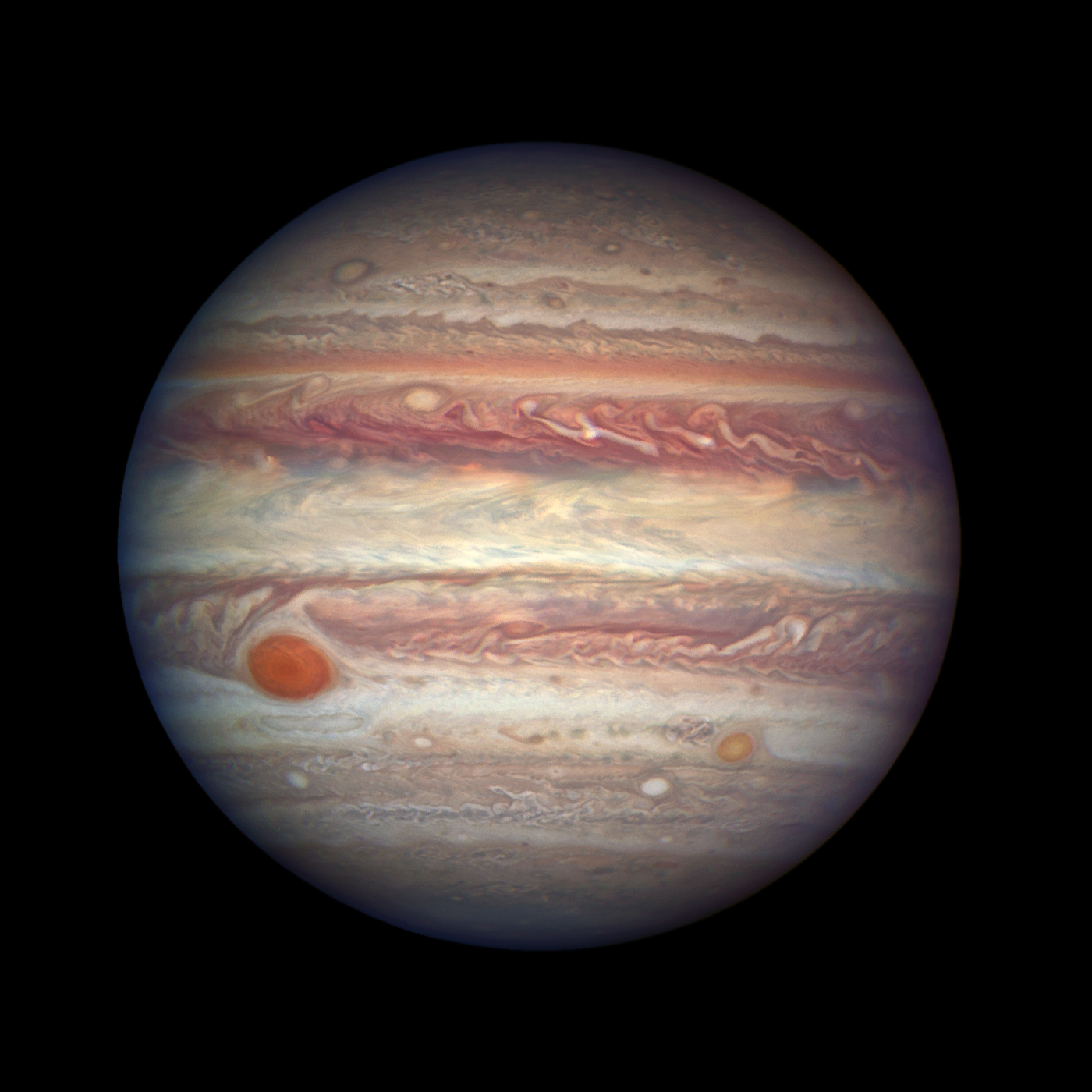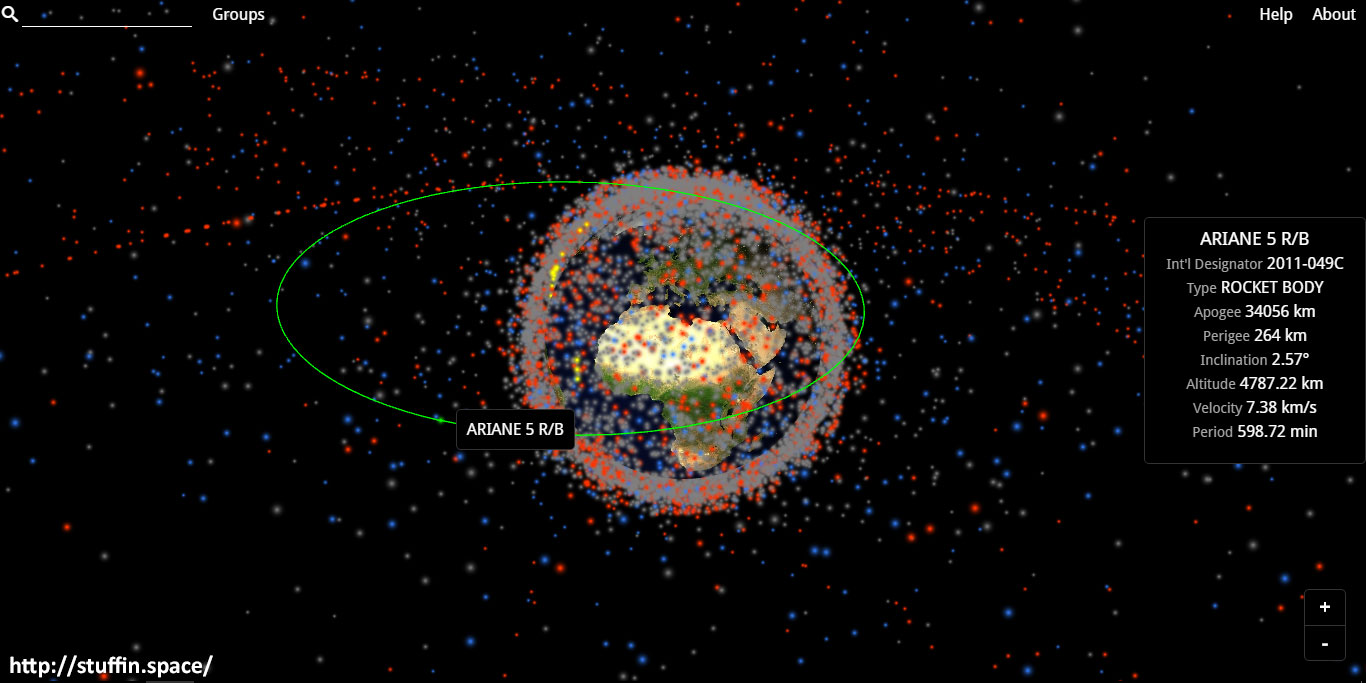NASA’s Hubble Space Telescope photographed stunning light shows on the poles of the largest planet in the solar system, Jupiter. The extraordinary vivid glows shown in the photographs are known as auroras. They are created when high-energy particles, from solar wind or other sources, enter a planet’s atmosphere near its magnetic poles and collide with atoms of gas.
The observation program was perfectly timed as NASA’s Juno spacecraft was in the solar wind near Jupiter and entered the planet’s orbit on 4 July. While Hubble observed and measured the auroras on Jupiter, Juno measured the properties of the solar wind, a perfect collaboration between a telescope and a space probe. Hubble will continue to monitor Jupiter’s auroras several times a month in support of the Juno mission.
Hubble observed Jupiter almost daily for several months with its Space Telescope Imaging Spectrograph. The videos made from this demonstrate the movement of the vivid auroras, which cover areas bigger than the Earth. Not only are the auroras huge in size, they are also hundreds of times more energetic than auroras on Earth, and, unlike those on Earth, they never cease.
Jupiter has an additional source for its auroras. The strong magnetic field of the gas giant also grabs particles thrown into space by its orbiting moon Io. Jupiter’s magnetosphere is 20,000 times stronger than Earth’s.
Updates:
- Hubble observes energetic lightshow at Saturn’s north pole.
Hubble Tracks Bright Auroras on Jupiter






